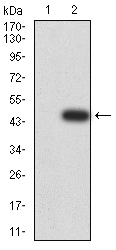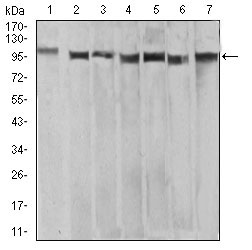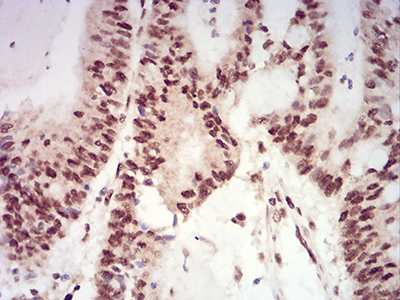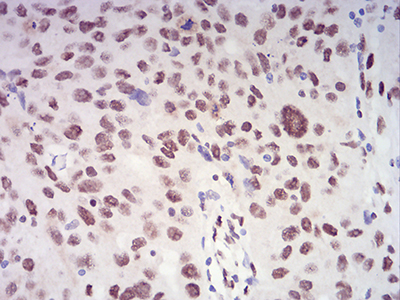Degradation of mRNA is a critical aspect of gene expression that occurs via the exoribonuclease. Exoribonuclease 2 (XRN2) is the human homologue of the Saccharomyces cerevisiae RAT1, which functions as a nuclear 5' to 3' exoribonuclease and is essential for mRNA turnover and cell viability. XRN2 also processes rRNAs and small nucleolar RNAs (snoRNAs) in the nucleus. XRN2 moves along with RNA polymerase II and gains access to the nascent RNA transcript after the endonucleolytic cleavage at the poly(A) site or at a second cotranscriptional cleavage site (CoTC). CoTC is an autocatalytic RNA structure that undergoes rapid self-cleavage and acts as a precursor to termination by presenting a free RNA 5' end to be recognized by XRN2. XRN2 then travels in a 5'-3' direction like a guided torpedo and facilitates the dissociation of the RNA polymerase elongation complex.





